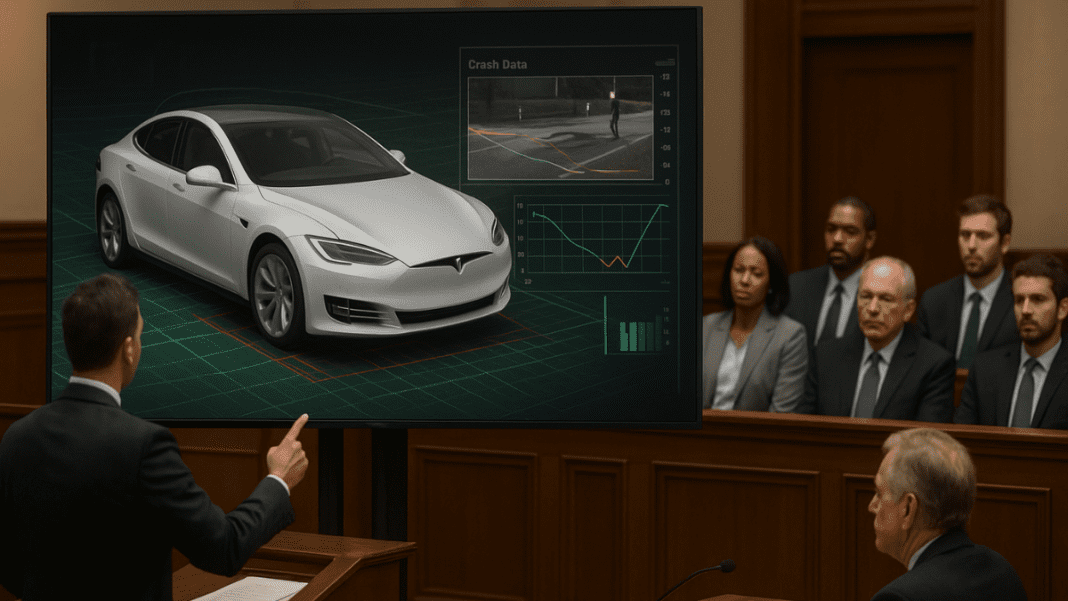In April 2019, a tragic accident took place in Key Largo, Florida. A Tesla car running on Autopilot struck a young couple standing near their parked vehicle. The crash killed a 22-year-old woman and left her boyfriend with life-changing injuries.
The driver of the Tesla said he had switched on Autopilot and looked down to pick up a dropped phone. Within seconds, the car failed to react in time, and the couple was hit. The case soon turned into a major legal battle over how much blame Tesla’s Autopilot system carried for the crash.
Families of the victims filed a lawsuit against Tesla, arguing that its technology had failed. The company defended itself by saying the driver was responsible, not the car, since Tesla’s manual clearly states that drivers must stay alert even when Autopilot is active.
Missing Data and the Role of a Hacker
One key piece of evidence was data from the Tesla itself, known as a “collision snapshot.” This data would show exactly what the car’s sensors and cameras saw in the moments before the accident. But when investigators and lawyers asked for it, Tesla said the data did not exist.
For years, the families pushed to get this data, but Tesla insisted it could not be found. The breakthrough came when a hacker, known for studying Tesla computers, was asked to help. Working from a Starbucks in South Florida, the hacker plugged in a copy of the car’s Autopilot computer into his laptop. Within minutes, he discovered the missing data.
Cyberattack Catastrophe: How Hackers Can Endanger Human Lives ?
The snapshot revealed what the car detected before the crash. It showed that the Tesla saw both the parked vehicle and the pedestrians. Yet the system still planned a driving path directly into them. This raised serious questions about how Autopilot was working at the time.
The hacker’s discovery was presented in court as evidence. The jury was shown an augmented video created from the data, displaying how the Tesla approached the couple. The video suggested the driver might have had time to react, but it also showed that the system did not alert him properly about the road ending.
The Jury’s Decision and Tesla’s Response
The trial lasted three weeks in Miami federal court. Tesla argued that the driver was fully at fault because he was distracted by his phone. The company admitted it had been “clumsy” in handling the crash data but denied hiding it on purpose.
Lawyers for the victims’ families said Tesla had access to the data from the start and failed to provide it. They argued that the company misled investigators for years.
After hearing both sides, the jury quickly reached a verdict. They found Tesla 33 percent responsible for the crash. The jury awarded a massive $243 million in damages to the victims’ family and the survivor.
The decision marked one of the largest verdicts against Tesla over its driver-assistance technology. The company has said it plans to appeal, claiming that the crash was caused by a distracted driver and not Autopilot.
Court records also showed that the data had originally been uploaded to Tesla’s servers just seconds after the crash. However, it was later “unlinked” and marked for deletion. At some point, a copy on Tesla’s central database was also removed, which added to suspicions about why the data had been so difficult to obtain.
The hacker’s role in recovering the data has become a critical moment in the case. Without his expertise, the families may have never gained access to the snapshot. The jury’s decision also showed how missing or mishandled data can shape the outcome of such cases.





